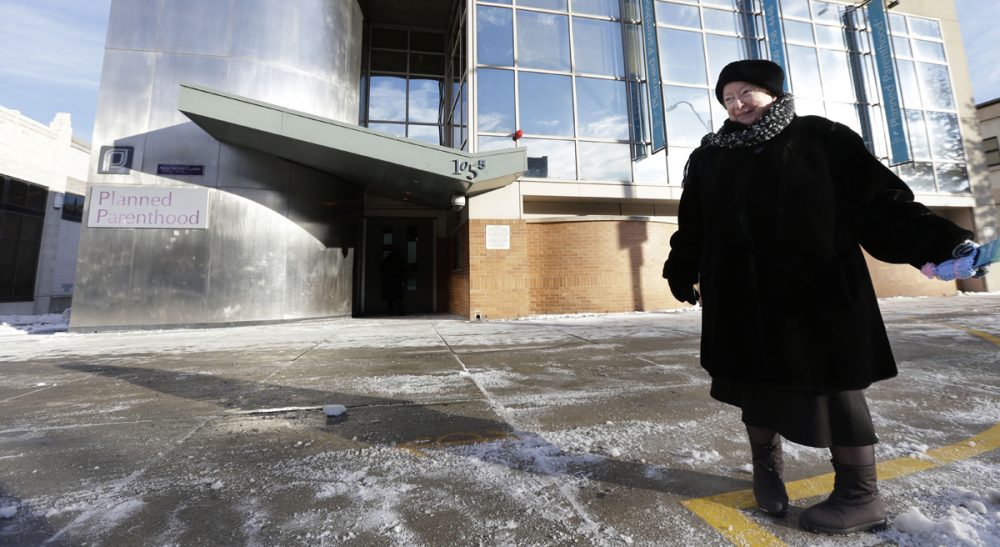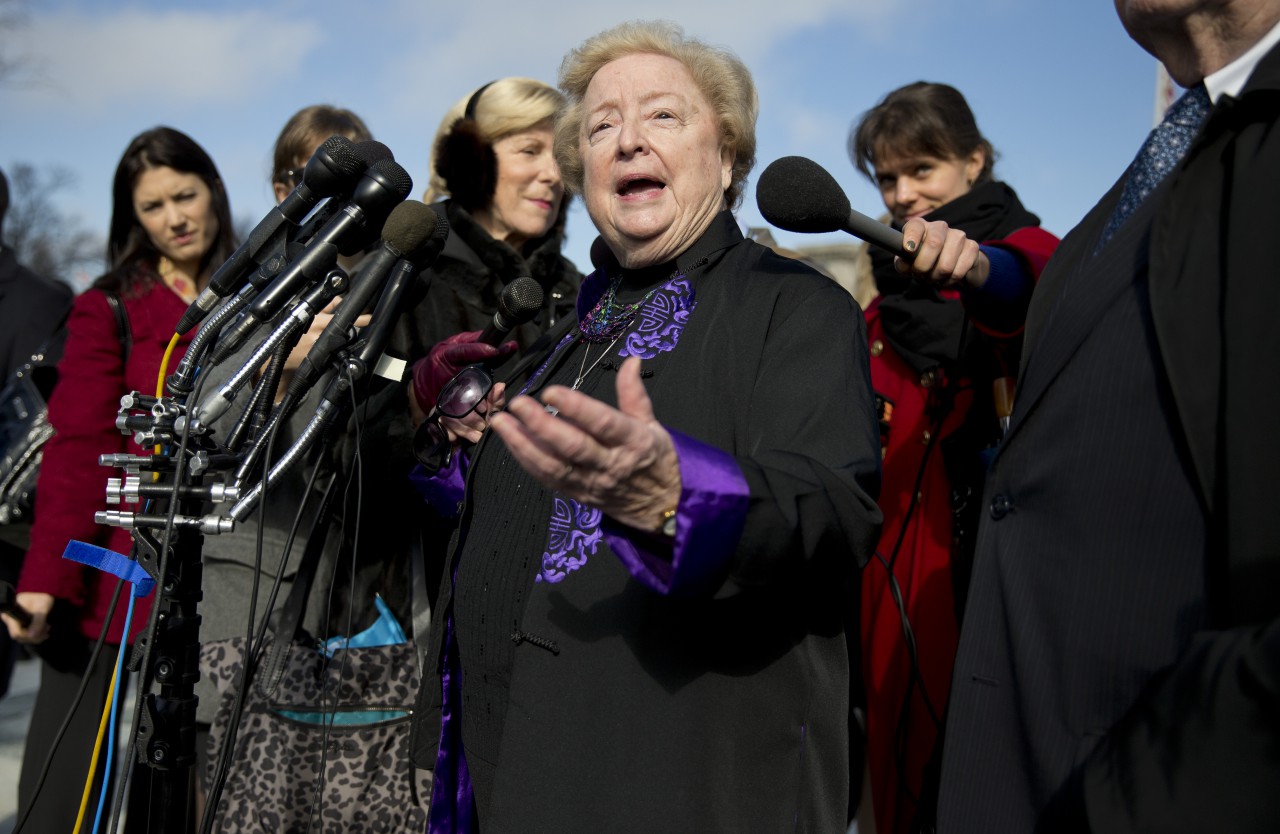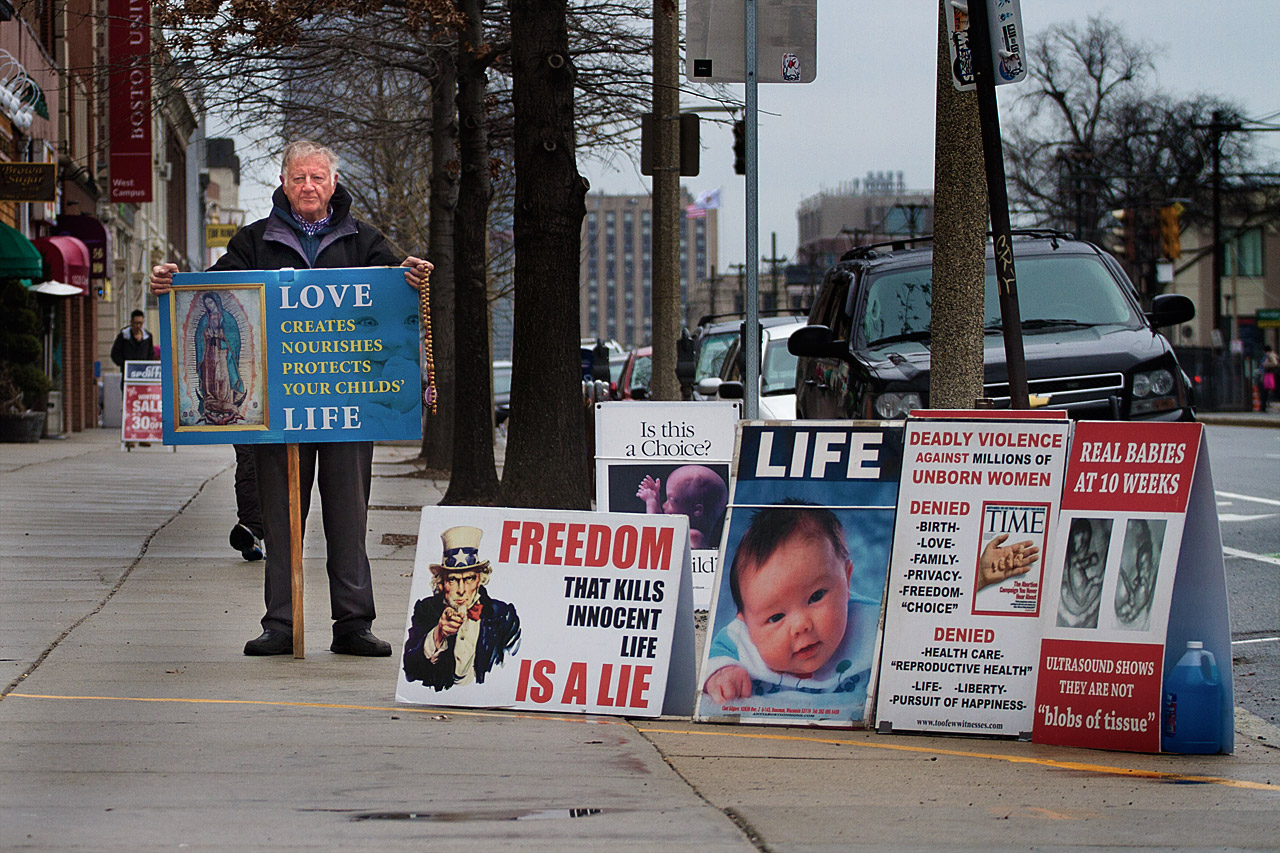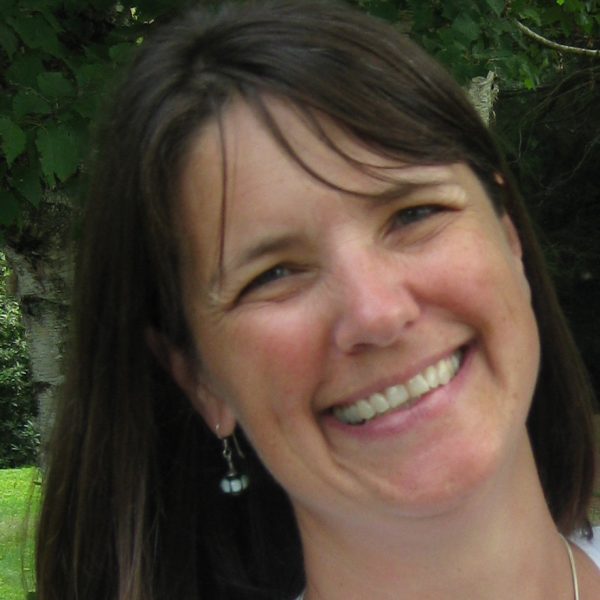Advertisement
Before The Buffer Zone

Eleanor McCullen describes herself as 5-foot-1, a mother and grandmother. McCullen, who is 77, is lead plaintiff in a case that went in front of the U.S. Supreme Court this week. She explained to NPR’s Nina Totenberg "I should be able to walk and talk gently, lovingly, anywhere to anybody." Specifically, she wants to talk to women as they walk into Planned Parenthood in Boston.
I do not doubt McCullen's gentle approach. In pictures, she fits her self-description to a tee. But her suggestion that only loving grandmothers will approach patients if the buffer zones around Massachusetts Planned Parenthood clinics are removed is a blatant misrepresentation. I know this from experience.
I do not doubt McCullen's gentle approach ... But her suggestion that only loving grandmothers will approach patients if the buffer zones around Massachusetts Planned Parenthood clinics are removed is a blatant misrepresentation. I know this from experience.
I volunteered for several years as an escort for Planned Parenthood of Rhode Island. It was the early 90s. John Salvi’s rampage against two clinics in Brookline wouldn’t happen for another few years, but abortion providers operated under near-constant threat. Arsonists had been targeting clinics around the U.S. since the passage of Roe v. Wade and anti-abortion extremists were using stink bombs made of butrycic acid to disrupt clinic operations. In this context, being an escort was a limited but tangible way I could help women get access to health services, including abortion.
A group of protesters had figured out that abortions took place at the Providence clinic on Saturday mornings. Anyone driving in the vicinity would be treated to a line of posters and signs with gruesome images of bloody fetuses. Though there were exceptions on both sides, the protesters were mainly older men with a few women mixed in. Escorts were primarily women in our 20s and 30s. Our job was to blunt the impact of the protesters who, week after week, demonstrated their willingness to say anything to any woman of reproductive age.
Planned Parenthood of RI didn’t have a legally enforced buffer zone but it did have a private parking lot surrounded by an 8-foot chain-link fence. Wearing bright pink t-shirts that made us easy to identify, we would stand at the lot’s gate and when a patient stepped onto the public sidewalk, form a human circle around her. As our pink protective circle crossed the street to the clinic, protesters crowded in around us, shouting at patients and trying to push their pamphlets past us into patients’ hands.

When a car entered the parking lot, its passengers would see a cluster of pink t-shirts by the gate and a line of protesters with bloody posters in front of the building or along the fence line. The scene elicited different reactions in different women. Some emerged from their cars crying. Some tried to act nonchalant. Women who had a boyfriend, friend, or parent with them often clutched their companion’s arm while the protesters yelled and pleaded. “You don’t have to do this!” “Your baby loves you!” “They murder babies in there!”
To borrow Eleanor McCullen’s words, I never saw a protester speak “gently” or “lovingly” to a patient. I suppose McCullen would tell me I was part of the reason why. After all, if the escorts hadn’t been there, the protesters could have placed themselves in the patients’ paths and spoken in any tone they wished. But the fact is, the patients who braved the bizarre, dehumanizing scene at Planned Parenthood on Saturday mornings chose to be there. They had access to readily available information from groups on both sides of the issue: Planned Parenthood one side and Right to Life on the other. There was no shortage of material on abortion in the early 90s, and there isn’t today. In fact, the Internet makes it easier to find than ever.
Advertisement
Removing the buffer zones that currently give patients and staff of Planned Parenthood in Massachusetts a little bit of breathing room would do a lot more than ensure the right to free speech for a few gentle, loving grandmothers. It would remove a layer of protection from harassment by anyone, male or female, large or small, gentle or menacing, who chooses to force their beliefs on another person.

Related:
